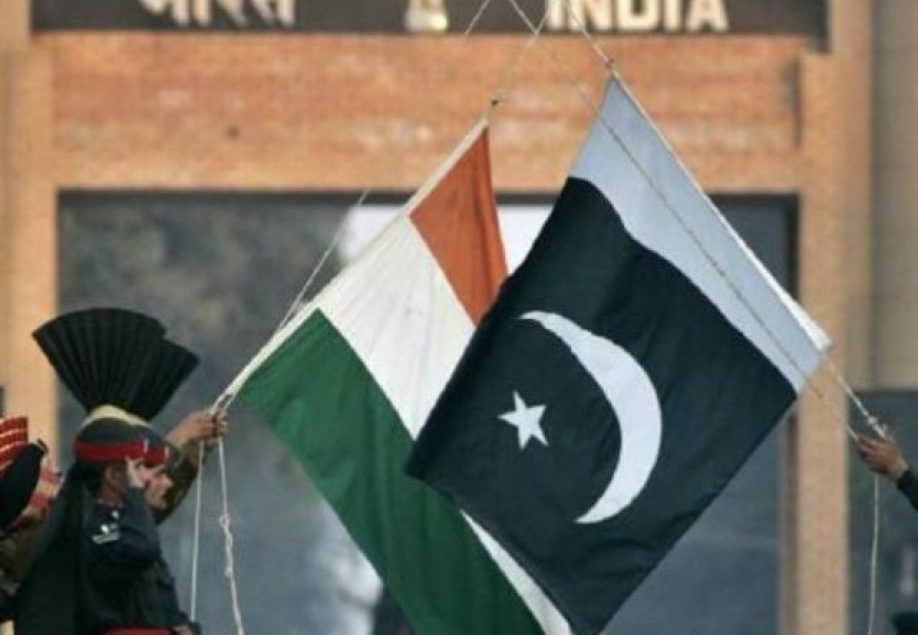NEW DELHI: India is changing and fast. The trend has been there since long but we in Pakistan have not cared to notice it or discuss it beyond Bollywood movies.
The context of India Election 2014 is way different from what it was during Musharraf or Nawaz Sharif’s earlier time in government when larger peace initiatives were attempted. Perhaps Pakistan needs to re-orient its priorities to keep pace with new developments.
One big change is the ever-increasing assertiveness of Indian states and regions. It will take a while before power devolution takes root in Pakistan, but the Indian states are, by our standards, virtually independent. They do business with foreign states directly and are sufficiently empowered in politics. New Delhi has to take into account state governments even on foreign policy. The Manmohan government had to renege on its border deal with Bangladesh as West Bengal Chief Minister Mamta Bannerjee opposed it. Likewise, India had to castigate Sri Lanka over its alleged war crimes largely to appease Tamil Nadu Chief Minister Jayalalitha. This could land India into a quandary if some country moves a similar resolution on Kashmir. Pakistan needs to find ways to approach the all powerful Indian states, though without alerting antennas in New Delhi.
Another change is the voting pattern in India. Surveys show that Indian voters consider economic performance of a government much more than before. The Times of India reports that for state governments in India re-election rates between 2004 and 2012—a period of unprecedented economic growth—increased to 54 percent from a re-election rate of 27 percent between 1989 and 1998. Manmohan Singh was rewarded in Election 2009 largely because of high economic growth and the Congress faces problems because of non-performance this time.
Therein lies hope for Pakistan. An India which thinks strongly on economics may show leniency on political concessions—particularly so when it desperately needs to revive economic growth from under five percent to match levels where it could pretend to compete with China.
The ‘big brother’ might start acting big if it wants transition routes in Pakistan to reach out to Central Asian markets and energy reservoirs. Corporate India might just pull up ears of its favourite horse to keep him on Derby track. Or so we hope in Pakistan.
The danger is that the BJP’s development and growth agenda overlaps with its Hindutva ideology. Some might say that the development mantra is a sham to engage urban moderates. Panini Anand of Outlook magazine says that the Sangh Parviar is busy consolidating the Hindu vote for Modi. The development bogey is being plugged to draw the votes of liberal Hindus as Hinduvta alone can’t swing it: “The face wears many masks to suit its purpose.”
Many point out that it is for the first time that RSS has mobilized its cadre for an election campaign at a much wider scale than was seen in the campaigns of Advani or Vajpayee. This can be bad news for India’s Muslims, who, as confirmed by Suchar report, live a life even below the Dalits. Indian Muslims may not be our business, as we keep castigating India to stay out of Balochistan and Sindh, though Nehru-Liaquat Pact gives both countries the right to ensure safeguards for each others’ minorities. But it is the political impact of such practices which can be dangerous. Religious fanatics on both sides nurture and feed each other. Pakistan already confronts increased Talibanisation and the seeds of Hindutva can only compound problems of Pakistanis.
So far, the religious extremists in Pakistan are on the fringe. Religious parties are strong on the streets and media but their electoral strength is nominal. Jamaat-i-Islami has only four members (one on woman quota) from just one district on the border of Afghanistan in a joint house of 447 members. The parent organisation of Taliban, JUI has another 12 parliamentarians, which makes their representation no more than three percent. In India’s case the religious hardliners are in mainstream. And seem all set to takeover power with an extra vigour.
Sadly, Indian media is not far behind in its zealotry. It has become difficult to see anti-peace or anti-India story to Pakistani media but Indian media thrives on hate-Pakistan news and views.
The good news is that Pakistan is missing from the electoral campaign.Even Modi has avoided attacking Pakistan. So far, that is. This may help him in making peace with Pakistan if he comes to power.
The biggest issue that Pakistan needs to understand is the impact of the Mumbai attacks. Islamabad has structural as well as political reasons for a go-slow on Hafiz Saeed and Company. But India has a point when it says that who stops from not showing them up in public meetings and media forums. Again, this feeds the religious extremist in India who then wants Modi Raj to hit back. Pakistan and India can at least get rid of the psychological baggage if concrete agenda will take time to resolve. Perhaps both countries need to understand the changing situation in each other’s country.
Nutshell: Pakistanis definitely know Indians better. The simple reason is that they watch India movies and dramas where Indians are deprived of even basic information about Pakistanis. This is why many Indians get surprised when they learn not every woman wears a burqa and not all men are Taliban.
Published on: thespokesman.pk
Date: Wednesday, 26 March 2014

Share your thoughts